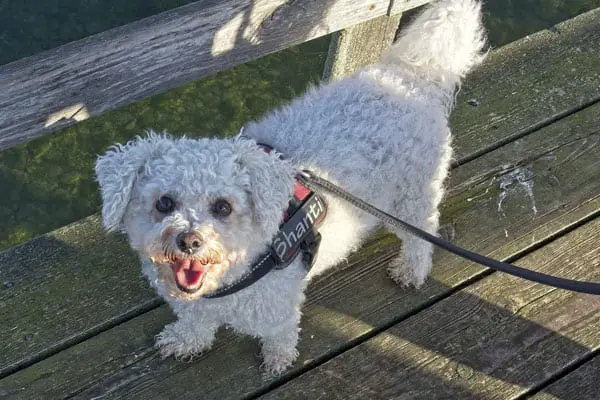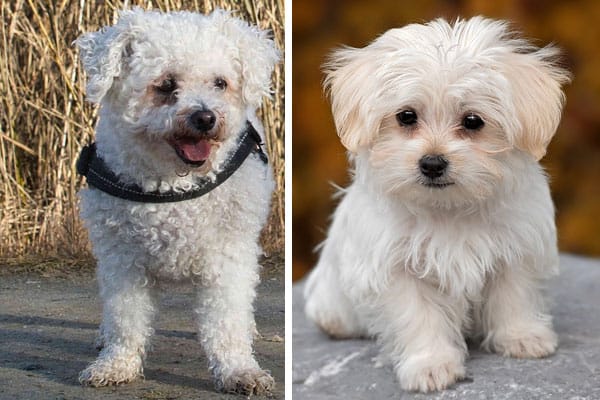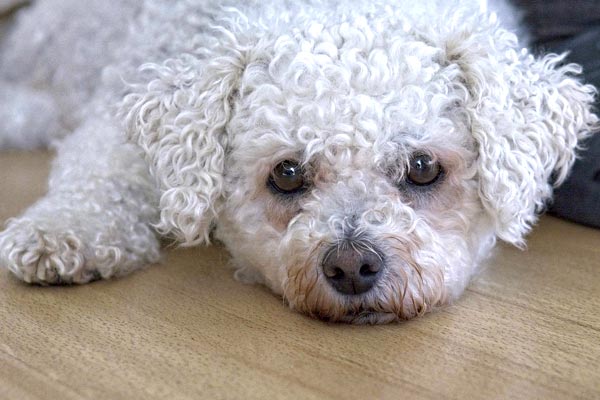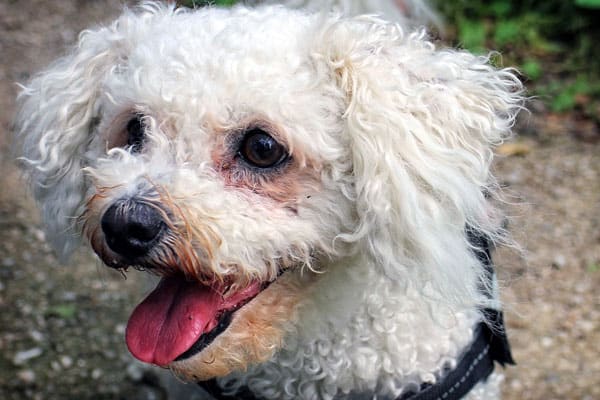Is a Bichon Frise a Toy Breed: The Surprising Truth About Bichon Classification
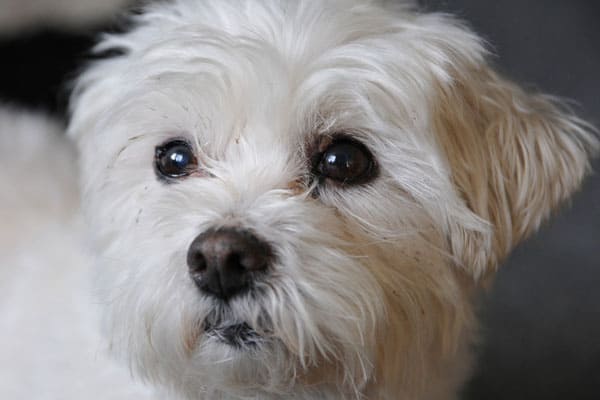
The Bichon Frise reminds many people of a small white teddy bear – essentially, an absolute, live teddy bear toy!
With bouffant bright white hairdos rivaling the towering wigs of the Victorian era, it is hard to imagine these dogs could be considered anything other than “toy-sized.”
Yet the Bichon Frise is slightly more substantial in weight and size than what meets the eye. Contrary to popular opinion, these dogs are not classified in the toy breed category.
In this article, learn about the actual Bichon Frise canine classification and its reasons.
The Bichon Frise Is Classified as a Non-Sporting Breed
What exactly is a non-sporting dog breed? According to the American Kennel Club (AKC), the official purebred registration and oversight body in the United States, this is a diverse group of purebred dog breeds.
In a way, non-sporting as a designation is like the “miscellaneous” category in your filing system. It is where dog breeds that don’t fit neatly into any other category can be classified.
Let’s take a look at what the AKC has to say about breeds included in the non-sporting classification:
- Most make good watchdogs and good house dogs.
- They range in size from quite small to quite large.
- All different coat types are included.
- Each included breed can have a very different personality.
- They don’t look alike at all in most cases.
In other words…. the non-sporting group is a truly miscellaneous dog breed category.
Why is the Bichon Frise included in the non-sporting group category instead of in the toy breed category?
This is a tough question to answer, especially since, on the AKC Bichon Frise dog breed profile page, the AKC states that groupings are intended to include dogs that share similar form, function, or heritage.
Unfortunately, this doesn’t help make the classification any clearer. So perhaps we can get at the answer in another way.
Why Isn’t the Bichon Frise in the Toy Dog Breed Category?
As Modern Dog Magazine points out, Bichon Frise breeders often take exception to the assumption that the dog breed they love could be considered a “toy.”
They feel so strongly about this that the breeders got together in Canada and the United States and lobbied actively to have the Bichon Frise included in the “non-sporting group” for both national associations.
This tells us that Bichon Frise breeders believe their dog breed does not qualify as a toy dog breed. However, it still doesn’t explain whether or not the Bichon Frise does fit the category of “toy dog breed” in terms of size or traits.
How Big Is a Fully Grown Adult Bichon Frise Dog?
According to VetStreet, the Bichon Frise typically weighs anywhere from 10 to 18 pounds (the AKC states that the breed weight ranges from 12 to 18 pounds).
These dogs can eventually stand anywhere from 9.5 to 11.5 inches tall (paw pads to shoulders (here, the AKC agrees with this statement).
So they are small dogs overall, but not necessarily tiny dogs. Unfortunately, the AKC has no universal consensus about how small a dog needs to be considered a “toy” versus “small” in size.
The AKC states that 21 different purebred dogs are in the toy breed group, and the Bichon Frise is not one of them.
Interestingly, some breeds in the toy breed category can weigh as little as three pounds. Others may weigh as much as 18 pounds, which is well within the average weight range of the Bichon Frise.
So, it is easy to see that perhaps the influence of those groups of Bichon Frise breeders from the United States and Canada may be the primary reason the Bichon is not classified as a toy-size dog.
But there may be even more to this story. To find out, we must turn to the breed’s history since the AKC states that non-working group dogs often share a similar form, function, or heritage.
Learn About the History of the Bichon Frise Dog Breed
According to the Bichon Frise Club of America, these dogs hail from the Mediterranean (France) and may be able to trace their ancestry back earlier than the 13th century.
The breed club states that the Bichon Frise is related to the Water Spaniel (Barbet), a medium-sized gun dog with a bright, lively personality and affinity for people.
The Water Spaniel or Barbet breed, in turn, is related to the Poodle (Canichet) and Maltese breeds. Later, the Barbet breed line developed further and branched out into four separate purebred dog breeds, each with the name “Bichon” in their breed name:
- Bichon Maltese.
- Bichon Havanese.
- Bichon Bolognese.
- Bichon Tenerife (which became the Bichon Frise).
Now, let’s take a closer look at which breed categories each dog falls into within the auspices of the American Kennel Club registration system.
- The Bichon Maltese is registered as a toy dog breed.
- The Bichon Havanese is registered as a toy dog breed.
- The Bichon Bolognese is considered foundation stock service, or FSS, a separate category for rare dog breeds not currently eligible for full American Kennel Club registration.
And the Bichon Frise, as you now know, is registered as a non-sporting group dog breed.
So even though the Bichon Frise could technically be considered more in common with the other toy dog breeds in their genetic family tree, they have been classified as a non-sporting group breed instead.
Perhaps this means the real answer lies in the function and form of the Bichon Frise dog breed rather than in this breed’s genetic heritage.
What Were the Bichon Frise Ancestors Bred to Do?
Since we now know that any dog breed classified as a non-sporting class is considered a potentially good watchdog and house dog, it seems clear that each breed has a natural affinity to live closely with their people.
In other words, they do not necessarily have the independent temperament of dogs bred to work long hours at long distances from their people.
But many so-called non-sporting dog breeds do have some “working dog” history in their background.
For example, earlier here, we learned that the Bichon Frise is genetically related to the Barbet (Water Spaniel), a gun dog breed. These dogs have been bred to flush and retrieve small game such as birds.
The Poodle (at least in their Standard size) is also a distant relative. Poodles may look fine and fancy in a full show coat, but they are tremendous canine athletes with a working dog background.
“Canichet” describes the poodle in France as a “duck dog.” Like the Barbet, the Canichet is a gun dog.
However, the Havanese, Maltese, and Bolognese breeds are all much more uniform in size – these are small dogs. They seem to have been primarily bred to serve as lap warmers for people.
While each dog breed is spunky and a bit more sturdy in structure than their fancy coats might suggest, not one of these four more recently developed dog breeds was ever intended to do any real work other than looking cute and being companions to people.
This means that the Bichon Frise technically appears to belong in the toy breed category.
However, this is not where the Bichon Frise is categorized, at least at the time of publication.
Does It Matter Whether the Bichon Frise Is Considered a Toy Breed?
The big takeaway from this investigation may be that getting together in groups to lobby for issues you feel passionately about can work.
This approach worked for Bichon Frise breeders, who do not view their dog breed as a toy in any way, shape, or form.
But if your goal is to choose a dog breed that wants to be your full-time canine companion, going where you go and doing what you do, then it doesn’t matter what AKC classification that dog breed has.
The classification refers only to where that dog breed can compete in AKC-sponsored dog shows and competitions.
The Bichon Frise doesn’t know what their classification is. Even if they did, these dogs wouldn’t care as long as they have your company.
See a Fully Grown Bichon Frise and Learn About the Breed
In this video, you can see a good example of what a Bichon Frise in full coat looks like when fully grown.
You can also learn more about the breed from a canine veterinary expert to determine whether this is the right dog for you.
